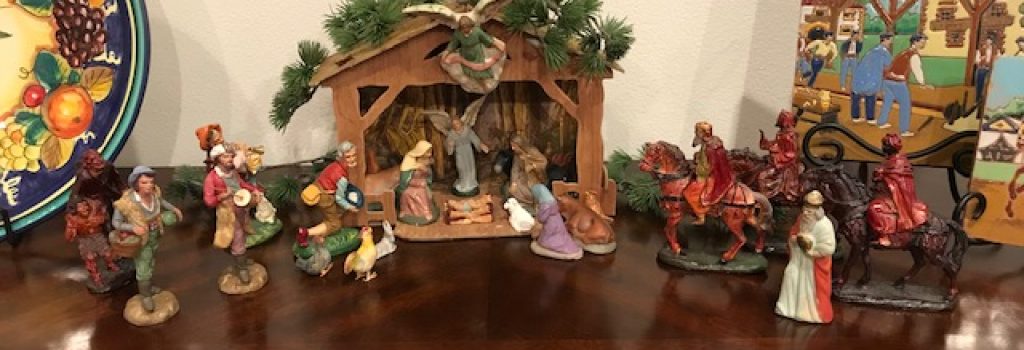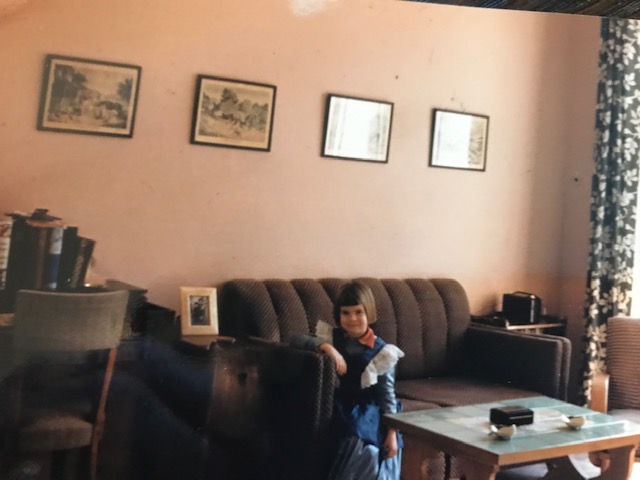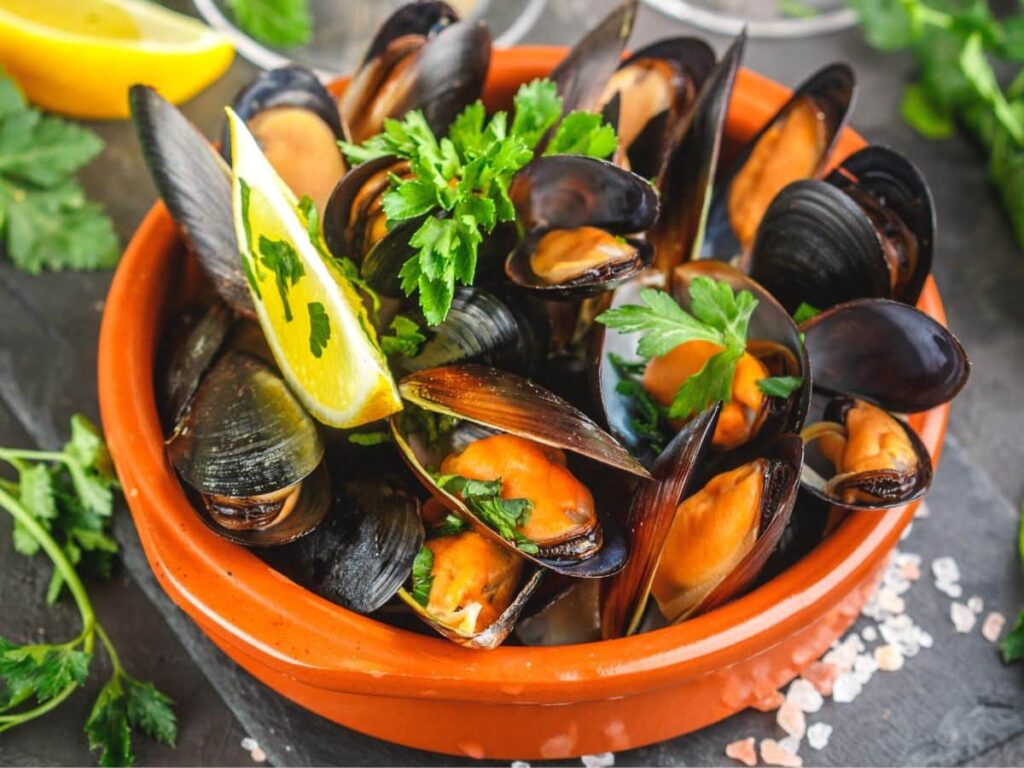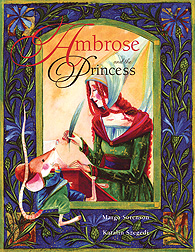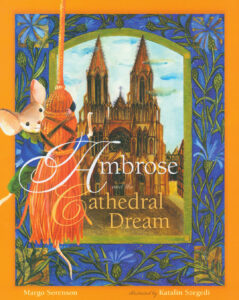By Angelica Lanfranconi
 During the week of July 31 to August 4, I attended the Free Enterprise Leadership Conference. This experience was entirely virtual, which allowed me to participate all the way from Italy. I learned so much during this conference, both through guest speakers and through hands-on activities. During the conference, the students were split up into teams 6-10 people, with each group having a counselor to guide us through the activities. Each team created a company from scratch, going from electing a board of directors, to creating a business plan, to presenting our products to “investors” (the staff of the company). FELC not only taught me about what it really takes to build a business, but also about how to be an effective leader, how to work in a team, and about how the free enterprise system can reduce poverty. The conference was so much fun, and it was a great opportunity for me to see if business and economics could be one of my career aspirations, as I didn’t have much prior experience. The week was very well balanced between hands-on activities, student presentations, and professional guest speakers. One thing that I especially appreciated was that each student was able to play to their strengths, with some members of the team giving speeches, others in charge of debates, and others preparing visual presentations. Thank you to ILF for providing me with such an amazing growth opportunity.
During the week of July 31 to August 4, I attended the Free Enterprise Leadership Conference. This experience was entirely virtual, which allowed me to participate all the way from Italy. I learned so much during this conference, both through guest speakers and through hands-on activities. During the conference, the students were split up into teams 6-10 people, with each group having a counselor to guide us through the activities. Each team created a company from scratch, going from electing a board of directors, to creating a business plan, to presenting our products to “investors” (the staff of the company). FELC not only taught me about what it really takes to build a business, but also about how to be an effective leader, how to work in a team, and about how the free enterprise system can reduce poverty. The conference was so much fun, and it was a great opportunity for me to see if business and economics could be one of my career aspirations, as I didn’t have much prior experience. The week was very well balanced between hands-on activities, student presentations, and professional guest speakers. One thing that I especially appreciated was that each student was able to play to their strengths, with some members of the team giving speeches, others in charge of debates, and others preparing visual presentations. Thank you to ILF for providing me with such an amazing growth opportunity.

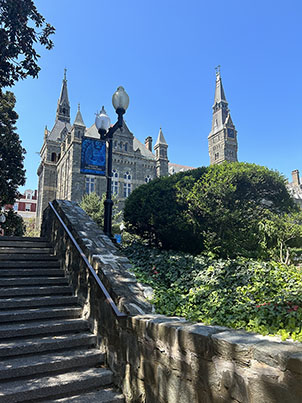
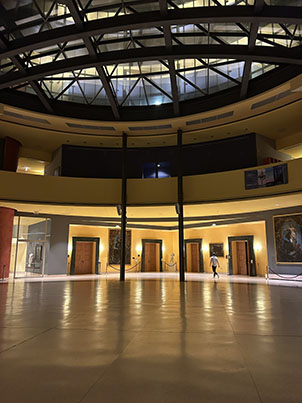
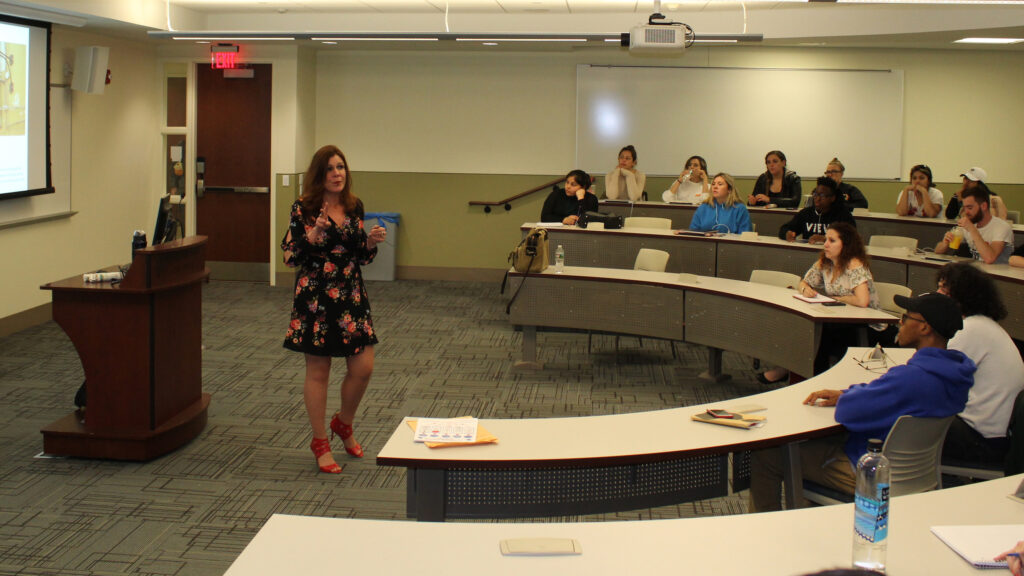 In everyday life, Italian is present beyond borders, transcending national boundaries. American movies, television, and streaming service programming regularly feature Italy and the Italian language – one needs only to think of the second season of White Lotus, or House of Gucci or even the soon-to-be-released Ferrari. Moreover, Italy remains a top destination for American students studying abroad, and most of all, Made in Italy, the worldwide famous label, speaks the language of timeless elegance, exquisite craftsmanship, and refined taste.
In everyday life, Italian is present beyond borders, transcending national boundaries. American movies, television, and streaming service programming regularly feature Italy and the Italian language – one needs only to think of the second season of White Lotus, or House of Gucci or even the soon-to-be-released Ferrari. Moreover, Italy remains a top destination for American students studying abroad, and most of all, Made in Italy, the worldwide famous label, speaks the language of timeless elegance, exquisite craftsmanship, and refined taste.  Following the completion of my M.A. at Middlebury’s C.V. Starr School in Florence, I promptly embarked on my teaching career, instructing both intermediate and advanced levels of Italian at Old Bridge High School. Under my guidance, the Italian program flourished, becoming the second-largest language program within the department and ranking among the largest Italian programs in the state of New Jersey, as confirmed by ITANJ statistics at the time.
Following the completion of my M.A. at Middlebury’s C.V. Starr School in Florence, I promptly embarked on my teaching career, instructing both intermediate and advanced levels of Italian at Old Bridge High School. Under my guidance, the Italian program flourished, becoming the second-largest language program within the department and ranking among the largest Italian programs in the state of New Jersey, as confirmed by ITANJ statistics at the time.